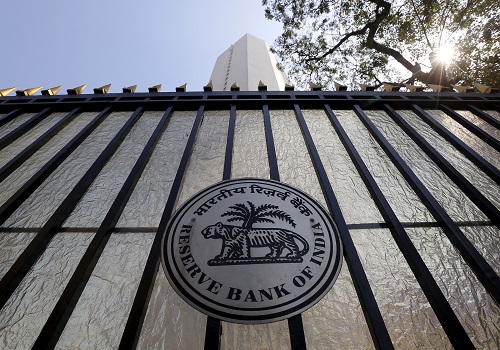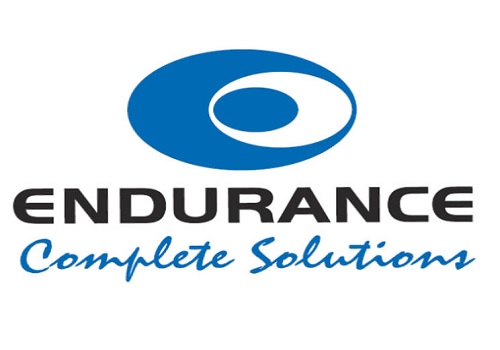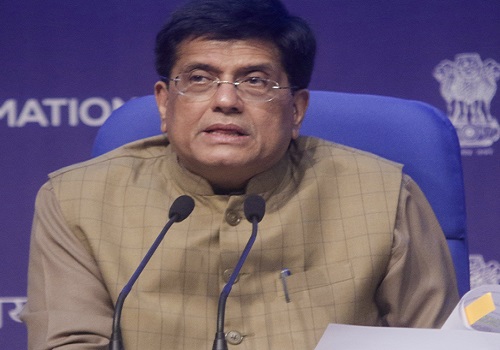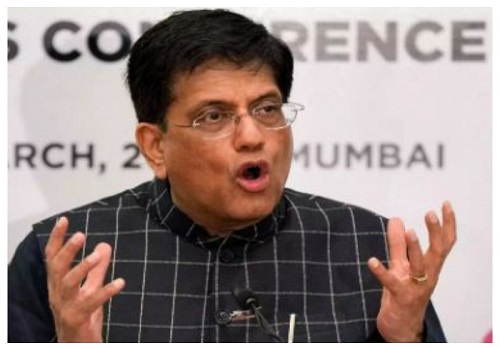Proposed ECL provisioning norms can release provisions for big banks

Follow us Now on Telegram ! Get daily 10 - 12 important updates on Business, Finance and Investment. Join our Telegram Channel
The proposed Expected Credit Loss (ECL) provisioning could release provisioning for some large banks while some small private and regional banks may have to accelerate provision buffers and even replenish capital levels faster than planned, said Emkay Global Financial Services in a report.
Similarly in a report on the subject, Morgan Stanley said: "Indian banks have significantly improved their provisioning coverage as well as capital ratios. Moreover, RBI (Reserve Bank of India) will allow banks sufficient time for implementation as well as intending to phase out the capital impact over five years."
"Overall, we believe the potential impact on banks will be manageable based on our current asset quality expectations, unlike significant implications 3-4 years back. Large private banks are much better placed given significant higher floating/contingency provisions, we believe," it added.
The RBI as announced earlier in its Monetary Policy Committee's meeting has come out with a discussion paper on ECL for the banks.
As per this, banks shall classify financial assets (funded/non-funded credit plus investments) in three stages, recognising ECL on each reporting date, Emkay Global said.
For Stage 1 assets, the provision shall be made based on 12-month ECL, while in case of Stage 2 and Stage 3 assets, provision would be made based on lifetime ECL.
In terms of income recognition, interest income for assets in Stage 3 shall be recognised only on receipt basis on net carrying value of assets, while in case of Stage 1 and Stage 2 assets, interest income can be on accrual basis on gross carrying value.
The RBI has stipulated that an asset in Stage 3 shall not directly be brought to Stage 1 even after the irregularities are rectified, and that banks shall keep a Stage 3 asset in Stage 2 for a minimum of six months after all the irregularities are rectified. However, if a non-performing asset (NPA) account has been fully repaid, it can be brought to standard asset status.
According to Emkay Global, to contain the initial impact of ECL, the RBI has proposed a transitional adjustment arrangement to avoid capital shocks.
Thus, the difference between ECL provisions and current incurred loss-based provisions, net of taxes, would be allowed to be added back to the common equity tier 1 (CET 1) capital. However, the benefit shall be phased over a maximum of five years or less, on a straight-line basis.
According to Emkay Global, with the Covid shock is largely behind and with banks sitting on healthy provision buffers it is an opportune time to introduce ECL norms for banks and strengthen their provision buffers, before the next asset-quality shock.
Though the RBI has not implemented full IFRS for banks, given the regular shocks and lack of preparation (mainly by public sector banks), it has been migrating banks towards IFRS in a phased manner, Emkay Global said.


.jpg)







Top News

ArcelorMittal JV, others commit $86 billion in India`s Gujarat ahead of investment summit, s...
Tag News

Monthly Debt Market Update, September 2023: CareEdge Ratings












